In last week’s CPO Crunch I covered the rise of the term “agentic” in the context of AI and how it has become one of the most-used words in the corporate lexicon in 2025. In doing so, I referenced a piece of thought leadership from over 15 years ago.
This week, I’m going even further back in history – to the early 1980s and the publication in the Harvard Business Review of Peter Kraljic’s seminal article, Purchasing must become supply management.
Why? First, because the development of the subsequent Kraljic Matrix underpinned much of the strategic development of procurement over the years that followed, but I’ve also had several conversations recently about how it has become outdated. Coincidentally, this was also the focus of a recent community discussion among Procurement Leaders’ SRM & Innovation cohort.
During that call, a leader in risk management for one consumer goods company shared their enhanced approach to supplier segmentation, which has helped them evolve how they undertake supplier management. The previous segmentation technique would help the company build a strong supply chain for reliability and profitability, while the enhanced method helps it to “leverage critical supplier capabilities to maximise value”.
To do so, the company has focused its supplier segmentation on two completely different matrices: first, the level of engagement; and second, suppliers’ ability to execute commercial growth and capabilities. Specifically, the capabilities they focus on and attempt to quantify are efficiency, agility and innovation potential.
What this allows the company to do is to segment suppliers based on the strength of their relationship and the specific value they should bring to the business. With this, the quadrants of the segmentation matrix shift from the traditional Kraljic segments of “noncritical, leverage, bottleneck and strategic” to become “transactional, essential, visionary and strategic”.
There is much thought needed as to how organisations spend the appropriate time and resources on those suppliers that really matter – where human interaction, relationships and collaboration are fully required – compared to those that can be left to the agents.
A segmentation framework fit for 2025 is a good place to start.
To receive weekly insights from the Procurement Leaders community, sign up to the CPO Crunch newsletter using the link at the top of this page.





















